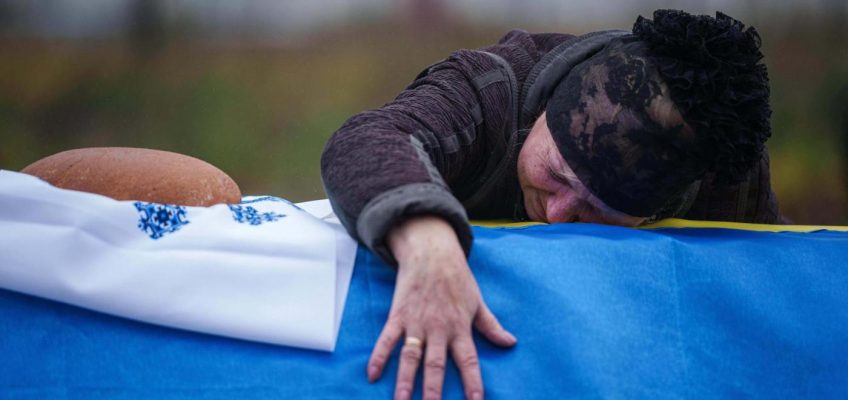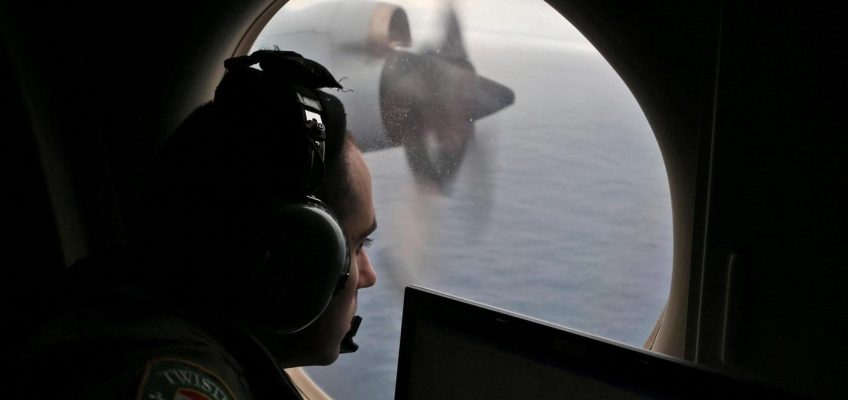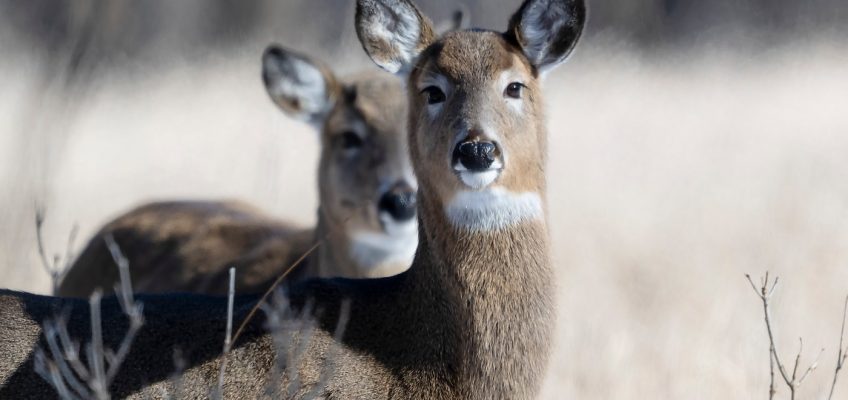By LORNE COOK and ILLIA NOVIKOV
KYIV, Ukraine (AP) — Ukraine and its European allies accused Russian President Vladimir Putin on Wednesday of feigning interest in peace efforts after five hours of talks with U.S. envoys at the Kremlin produced no breakthrough.
Related Articles
Marine robotics firm will resume deep-sea search for MH370 plane that vanished a decade ago
Israel receives remains of possible hostage and plans to reopen Gaza crossing into Egypt
The EU lays out a plan to fund Ukraine using frozen Russian assets but Belgium says it’s too risky
Australia to enforce social media age limit of 16 next week with fines up to $33 million
Colombia expels members of ultra-Orthodox Jewish sect Lev Tahor
The Russian leader “should end the bluster and the bloodshed and be ready to come to the table and to support a just and lasting peace,” said U.K. Foreign Secretary Yvette Cooper. Ukrainian Foreign Minister Andrii Sybiha urged Putin to “stop wasting the world’s time.”
The remarks reflect the high tensions and gaping gulf between Russia on one side and Ukraine and its European allies on the other over how to end a war that Moscow started when it invaded its neighbor nearly four years ago.
A day earlier, Putin accused the Europeans of sabotaging the U.S.-led peace efforts — and warned that, if provoked, Russia would be ready for war with Europe.
Since the 2022 invasion, European governments, along with the U.S., have spent billions of dollars to support Kyiv financially and militarily. Under President Donald Trump, however, the U.S. has tempered its support — and instead made a push to end the war.
Putin’s foreign affairs adviser Yuri Ushakov said Tuesday’s talks at the Kremlin between Putin and U.S. envoy Steve Witkoff and Trump’s son-in-law Jared Kushner were “positive” but wouldn’t release any details.
Unclear where peace talks go now
Where the peace talks go from here depends largely on whether the Trump administration decides to increase the pressure on Russia or on Ukraine to make concessions.
A U.S. peace proposal that became public last month was criticized for being tilted heavily toward Moscow because it granted some of the Kremlin’s core demands that Kyiv has rejected as nonstarters.
Many European leaders worry that if Putin gets what he wants in Ukraine, he will have free rein to threaten their countries, which already have faced incursions from Russian drones and fighter jets, and an alleged widespread sabotage campaign.
Russian President Vladimir Putin attends an international forum of civil participation “We Are Together” in Moscow, Russia, Wednesday, Dec. 3, 2025. (Alexander Shcherbak, Sputnik, Kremlin Pool Photo via AP)
The Russian and American sides agreed Tuesday not to disclose the substance of their Kremlin talks, but at least one major hurdle to a settlement remains — the fate of four Ukrainian regions Russia partially seized and occupies and claims as its own.
After the talks, Ushakov told reporters that “so far, a compromise hasn’t been found” on the issue of territory, without which the Kremlin sees “no resolution to the crisis.”
Ukraine has ruled out giving up territory that Russia has captured.
Asked whether peace was closer or further away after the talks, Ushakov said: “Not further, that’s for sure.”
“But there’s still a lot of work to be done, both in Washington and in Moscow,” he said.
Kremlin spokesman Dmitry Peskov said Wednesday it was “not correct” to say that Putin had rejected the U.S. peace plan. He declined to elaborate on the talks.
“We’re deliberately not going to add anything,” he said. “It’s understood that the quieter these negotiations are conducted, the more productive they will be.”
Europeans step up assistance for Ukraine
Foreign ministers from European NATO countries, meeting in Brussels on Wednesday, showed little patience with Moscow.
European Central Bank President Christine Lagarde speaks during a committee meeting at the European Parliament in Brussels, Wednesday, Dec. 3, 2025. (AP Photo/Harry Nakos)
“What we see is that Putin has not changed any course. He’s pushing more aggressively on the battlefield,” Estonian Foreign Minister Margus Tsahkna said. “It’s pretty obvious that he doesn’t want to have any kind of peace.”
Finnish Foreign Minister Elina Valtonen struck the same note. “So far we haven’t seen any concessions from the side of the aggressor, which is Russia, and I think the best confidence-building measure would be to start with a full ceasefire,” she said.
NATO Secretary-General Mark Rutte said Ukraine’s partners will keep supplying military aid to ensure pressure is maintained on Moscow.
“The peace talks are ongoing. That’s good,” Rutte said.
“But at the same time, we have to make sure that whilst they take place and we are not sure when they will end, that Ukraine is in the strongest possible position to keep the fight going, to fight back against the Russians,” he said.
Canada, Germany, Poland and the Netherlands announced they will spend hundreds of millions of dollars more together to buy U.S. weapons to donate to Ukraine.
European Commission President Ursula von der Leyen, center, and European Commissioner for Economy and Productivity, Implementation and Simplification Valdis Dombrovskis, right, address a media conference regarding Ukraine’s financing needs for 2026-2027 at EU headquarters in Brussels, Wednesday, Dec. 3, 2025. (AP Photo/Harry Nakos)
Unlike the Biden administration, the Trump administration has not approved donations of weapons to Ukraine. Instead, it has sold them directly to Kyiv or to NATO allies that give them to Ukraine.
The war claims more lives
Russia and Ukraine are engaged in a grim war of attrition on the battlefield and are using drones and missiles for long-range strikes behind the front line. Many analysts have noted that the slow slog favors Russia’s larger military, especially if disagreements between Europe and the U.S. or among Europeans hampers weapons delivery to Ukraine.
Russian drones hit the town of Ternivka in Ukraine’s Dnipropetrovsk region, killing two people and injuring three more, according to the head of the regional military administration, Vladyslav Haivanenko. Two people were in critical condition, he said, after the attack destroyed a house and damaged six more.
Overall, Russia fired 111 strike and decoy drones overnight, Ukraine’s air force said.
Meanwhile, Russia’s Defense Ministry said it destroyed 102 Ukrainian drones overnight.
Falling drone debris sparked a fire at an oil depot in the Tambov region, about 120 miles south of Moscow, Gov. Yegveniy Pervyshov said.
Cook reported from Brussels.
Follow AP’s coverage of the war in Ukraine at https://apnews.com/hub/russia-ukraine




